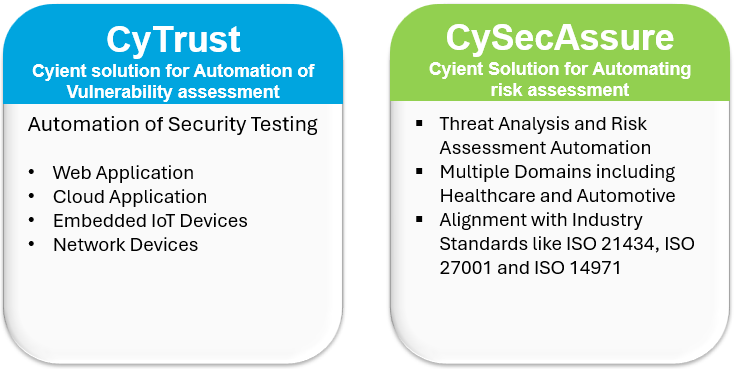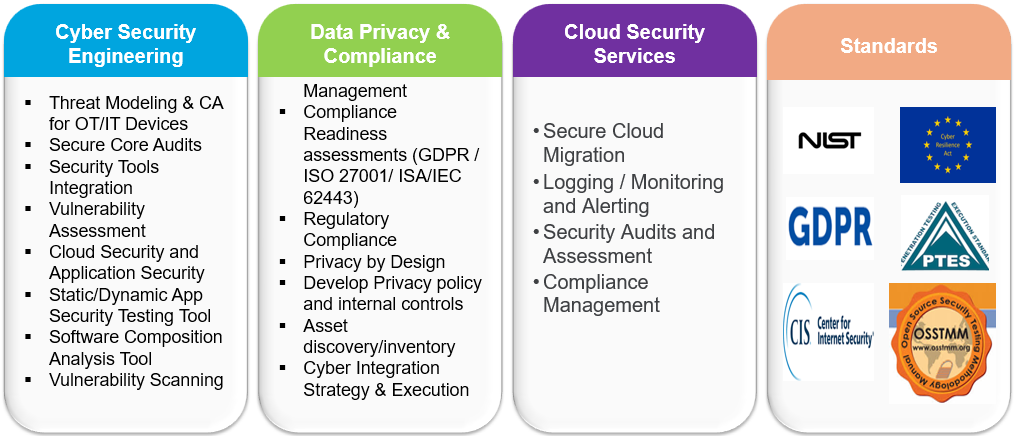Cybersecurity Challenges for Smart Grids: Protecting Critical Infrastructure
Written by Dnyandeo Baburao Shinde 25 Feb, 2025
The global transition to smart grids, powered by digital technologies, is revolutionizing power distribution, generation, and customer interaction. While this revolution boosts efficiency, reliability, and the integration of renewable energy, it also introduces vulnerabilities. Cyberattacks on these systems pose significant risks to energy supply, public safety, and national security. Strengthening cybersecurity measures is vital to safeguarding critical infrastructure and ensuring the resilience of smart grids.
The Need for Smart Grids
Traditional energy grids are increasingly unsustainable, limited by their one-way power flow and inability to adapt to modern renewable technologies. They struggle to manage acute demand spikes or support the 100% renewable energy required to achieve global climate goals.
Smart grids, in contrast integrate advanced technologies that enable:
- Smart Meters: Real-time energy monitoring and optimization.
- Renewable Energy Sources: Seamless integration of solar, wind, and other distributed energy resources.
- Two-Way Communication: Dynamic system optimization to enhance reliability, efficiency, and sustainability.
These advancements facilitate flexible and sustainable energy management, aligning with the growing demand for renewable energy solutions.
Technologies Enabling Smart Grids
Modernizing traditional grids require key technological innovations including:
- Advanced Metering Infrastructure (AMI): Empowering consumers with real-time electricity data through smart meters.
- Supervisory Control and Data Acquisition (SCADA) Systems: Remote control and monitoring of substations and power plants.
- Energy Storage Systems: Balancing supply and demand with advanced battery technologies.
- Distributed Energy Resources: Localized renewable solutions that bolster the grid during peak demand.
- Robust Communication Networks: Fiber optics and broadband technologies enabling seamless data exchange.
- AI and Machine Learning: Predictive tools for fault detection, usage analysis and operational efficiency.
Importance of Cybersecurity for Smart Grids
As smart grids embrace digital technologies, robust cybersecurity is essential to:
- Protect Critical Infrastructure: Ensure power reliability and prevent outages.
- Prevent Unauthorized Access: Secure IoT devices, control systems, and networks from hacking attempts.
- Mitigate Insider Threats: Strengthen access controls and monitoring.
- Ensure Data Integrity: Protecting sensitive grid data from breaches or manipulations.
- Comply with Regulations: Adhering to frameworks like NIST and IEC standards to maintain operational integrity.
Challenges in Securing Smart Grids
Despite their transformative benefits, smart grids face significant cybersecurity challenges:
- Expanded Attack Surfaces: Interconnected networks increase vulnerabilities.
- Legacy System Integration: Merging outdated systems with new technologies introduces potential risks.
- Sophisticated Threats: Cyberattacks including ransomware, denial-of-service (DoS) attacks, and state-sponsored espionage, are becoming increasingly complex.
- Supply Chain Vulnerabilities: Components sourced from multiple vendors can introduce security inconsistencies.
- Lack of Universal Standards: Regional disparities in cybersecurity practices reduce overall effectiveness.
Consequences of Cyberattacks on Smart Grids
Cyberattacks on smart grids can have dire consequences:
- Energy Supply Disruption: Events like the 2015 Ukraine power grid attack illustrate the severe impact.
- Economic Losses: Restoration costs and compensation burden utilities and consumers.
- Public Safety Risks: Interruptions in essential services, such as transportation, healthcare, and communication.
- Erosion of Trust: Repeated cyber incidents undermine confidence in smart grid technology.
Strategies to Protect Smart Grids
To address these challenges, utilities must adopt comprehensive cybersecurity measures:
- Implement Robust Security Frameworks: Adhere to standards like NIST, IEC 62443, and NERC CIP.
- Secure IoT Devices: Apply strong authentication, encryption, and regular updates.
- Leverage Advanced Threat Detection: Deploy AI-powered tools for real-time anomaly detection and rapid response.
- Build Resilient Systems: Use network segmentation, redundancy, and disaster recovery plans.
- Enhance Supply Chain Security: Conduct regular audits and collaborate with vendors to address vulnerabilities.
- Foster Collaboration: Share threat intelligence and best practices among utilities, governments, and industry stakeholders.
- Invest in R&D: Develop next-generation encryption, AI security tools, and quantum-resistant algorithms.
Cyient Solutions on Cybersecurity
Digital transformation not only enhances utility operations but also increases vulnerability to cyber threats. Network security is essential to protect data integrity, confidentiality, and availability, especially in an era of widespread connectivity and digitalization.
Cyient has developed and implemented specialized solutions for automating vulnerability and risk assessments.

We, at Cyient, also enable multiple services for utilities to protect critical infrastructure, data while ensuring regulatory compliance.

Conclusion
As smart grids redefine the energy sector, addressing their cybersecurity challenges require initiative taking and unified efforts. Prioritizing infrastructure protection, access control, and regulatory compliance is essential for building a secure and resilient grid. By acting decisively, stakeholders can prevent crises, ensure operational integrity, and realize the full potential of a sustainable energy future.
With robust cybersecurity measures in place, smart grids can deliver on their promise of reliability, efficiency, and sustainability, driving global energy resilience for decades to come.
About the Author

Dnyandeo Baburao Shinde
Subject Matter Expert, Utilities
Dnyandeo Baburao Shinde is a seasoned GIS professional with expertise in the Utilities domain, currently serving as a Subject Matter Expert for Utilities in the Competency Development Team. With extensive experience in GIS projects, including data conversion, migration, and conflation for utilities, he brings deep knowledge in project management, execution, and data analysis. Dnyandeo is also adept at delivering technical training on industry-leading tools such as Esri UNM, ArcGIS Pro, Smallworld, ArcMap, AutoCAD, and QGIS, showcasing his proficiency in driving technical excellence and upskilling teams.
.png?width=774&height=812&name=Master%20final%201%20(1).png)